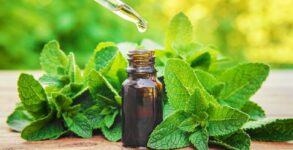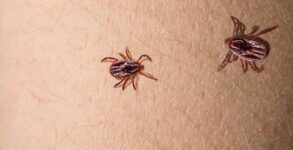Osteoarthritis (OA) is a type of joint disease which affects people aged 45 years and above is the most common form of arthritis. The disease results from the breakdown of joint cartilage and underlying bone. The most common symptoms are joint pain and stiffness.
Arthritis encompasses several forms of joint pain and Osteoarthritis is the most common form of arthritis. It is a degenerative condition that primarily affects joints in the spine, hips, knees, and hands, along with the other parts of the body.
OA symptoms may include joint swelling, decreased range of motion, and, when the back is affected, weakness or numbness of the arms and legs. Although osteoarthritis is a common occurrence in older people, it does affect adults of any age, owing to the sedentary lifestyle and growing incidence of obesity.
Osteoarthritis: Signs and symptoms
The main symptom is the pain, causing loss of ability and often stiffness. Some other common symptoms are tenderness, inflammation, loss of flexibility, and a grating sensation in the joints, which develop gradually.
Osteoarthritis can cause a crackling noise (called “crepitus”) when the affected joint is moved, especially shoulder and knee joint. Osteoarthritis is mainly caused due to reduced lubricating fluid in the joints (over years of wear and tear), thereby resulting in the joint (cartilage) damage.
Osteoarthritis: Ayurvedic treatment and home remedies
Lifestyle modification (such as weight loss and exercise) and analgesics are the mainstays of treatment. Herbal treatments are also preferred for Osteoarthritis treatment. Here, are some possible remedies to avoid the harmful effects of the disease and to stay fit.
Weight loss: For overweight people, weight loss may be an important factor. In the case of obesity and faulty posture of sitting and walking, there is additional pressure on your joints, which causes further inflammation and discomfort. Moderate exercise may be beneficial with respect to pain and function in those with osteoarthritis of the knee and hip. Regular exercise helps you lose weight, maintain elasticity in your joints and manage arthritis.
Stretching and Exercise: After consulting a doctor or a physician, indoor walking and stretching exercises to improve the flexibility of the joints. While acupuncture leads to improvements in pain relief, this improvement is small and may be of questionable importance.
Conventional treatments are known to provide benefit but tend to have potential side effects when used for a long time. Among people with hip and knee osteoarthritis, the exercise in water may reduce pain and disability, and increase the quality of life in the short term.
Balanced diet: To maintain a healthy weight and Inflammation of joints it is necessary to eat a healthy and balanced diet. It is prudent to consume plant-based foods that are high in antioxidants and nutrients that have anti-inflammatory properties whereas avoid refined, processed foods.
For instance, turmeric, a common Indian spice, has anti-inflammatory properties and contains curcumin, which helps reduce joint pain.
Ayurvedic treatment: Ayurveda literature mentions several herbs known for centuries that help manage this condition. Using a cream, oil or lotion containing herbs such as Indian Wintergreen, Camphor is helpful in reducing the pain and swelling. The liniment can be massaged gently on the affected area to help reduce the pain.
- Wintergreen oil (Gandhapura taila) is made by steam processing of warmed, water-soaked wintergreen leaves. The leaves and oil are used to make medicine. Wintergreen oil is a known analgesic that eases the pain caused by rheumatism, arthritis, and sciatica when applied to the affected area.
- Camphor (Kapoora) is a mild analgesic and rubefacient that helps alleviate pain due to arthritis. Kapoora helps in treating deep-seated joint pain efficiently by dilating the capillaries and increasing blood circulation.
- Massage: Regular massage of arthritic joints with natural liniments containing anti-inflammatory properties can help reduce pain and stiffness and enable recovery of mobility of the joints. A liniment containing Wintergreen oil or camphor can be chosen after consulting your doctor.
Gentle massage improves blood circulation around the joint and helps with the absorption of the liniment. You can also learn the massage techniques from a professional therapist to try it by yourself at home.
So, take proper precautions, preventive measures, and do not let your unhealthy lifestyle affect your mobility. The severe form of osteoarthritis makes it difficult to perform day-to-day activities such as walking or climbing stairs. But, this type of arthritis can be managed through a combination of conventional and lifestyle changes.


















